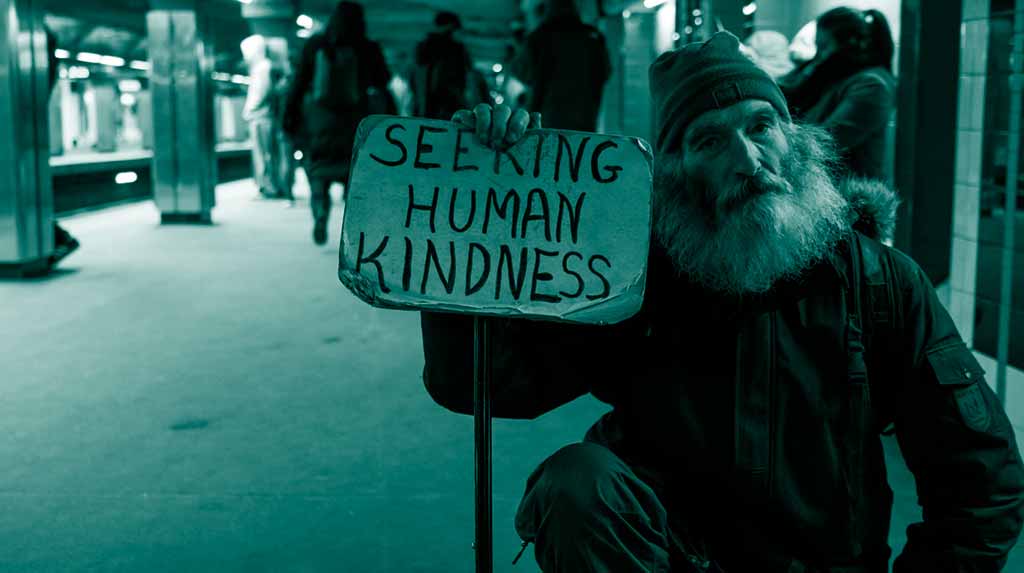What’s the most pressing problem of our time? Steve Trzeciak, a researcher at the Cooper University Health System in Camden, N.J., says it’s our collective lack of compassion for one another.
“We have a compassion crisis,” Trzeciak told Freakonomics Radio late last year.
Steve and his colleague, Anthony Mazzarelli, Cooper Health Chief Medical Officer recently published a book about the necessity of compassion in healthcare. Called Compassionomics: The Revolutionary Scientific Evidence That Caring Makes a Difference, the book explains that just getting patients to stick to their medication regimen—something that interestingly becomes more likely when people feel cared about—could save between $100 billion and $280 billion each year.
And that’s just scratching the surface of what compassion can do. At the individual level, compassion:
- Modulates perceptions of pain to make people feel immediate relief
- Increases endorphins—our bodies’ natural opiates
- Boosts blood levels of oxytocin, the “bonding” or “love” hormone
- Improves blood glucose levels
- Reduces symptoms of depression and anxiety
All of those benefits add up to a higher quality of life for humans—not to mention adding up to massive cost savings for our society. So how can you become more compassionate in your communication with others?
According to Psychiatrist Helen Riess, the “steps” of compassion can be broken down into a mnemonic: E-M-P-A-T-H-Y.
Eye contact: Simply looking the other person in the eye communicates that you see and hear them as people. That feeling of being seen and understood leads to an immediate release of oxytocin: the same hormone triggered by parents cuddling their babies.
Muscles in the face: Facial expressions follow eye contact, because we tend to mimic what we see in other peoples’ faces. This mimicry is a huge part of what makes us social creatures and guides us on how best to respond to the “vibe” another person is putting off.
Posture: Are you leaning in to hear what the other person is saying? Are you demonstrating active listening? Your posture shows how engaged—or disinterested—you are in the conversation.
Affect: This is how your body language is perceived. It’s another key part of our identity as social animals: We intuitively know how to read others’ affects to gauge their emotional state. Adopting friendly, open body language signals that you want to interact with others.
Tone of voice: This, too, is part of our social wiring. Speaking gently and calmly invites the other person to open up to you, creating a positive feedback loop of genuine interaction.
Hearing: Listening is a necessary part of being an empathetic communicator. You can show that you hear the other person by repeating back what they say (in your own words, ideally) to make sure you understand—or by asking questions to generate more meaningful engagement.
Your response. This is your feeling of being with that person. If you’re feeling good after an interaction, chances are the other person is too.
What empathy is really about, Reese adds, is having a shared experience. And as Trzeciak notes, displaying compassion doesn’t have to take a lot of time or effort. In less than a minute, you can make eye contact, lean in, listen, and really engage. Being present, sitting with people and their suffering conveys to others, “You’re not alone. I’m here for you.”
When you communicate to another person that you are present in that moment, you share an experience that has a lasting impact. Ultimately, we can all agree that our world could use more compassion.
How do you demonstrate compassion? We would LOVE to hear from (and actively listen to) you. We’re @illumyinc on all the social media platforms.
Photo by Matt Collamer on Unsplash


